Abrictosaurus
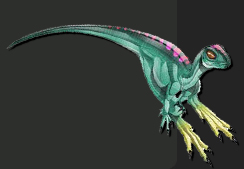 The Abrictosaurus was a small herbivore at around 4 feet long.
The Abrictosaurus was a small herbivore at around 4 feet long.
Abrosaurus
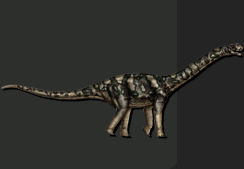 The Abrosaurus is known from only one very well preserved skull.
The Abrosaurus is known from only one very well preserved skull.
Acrocanthosaurus
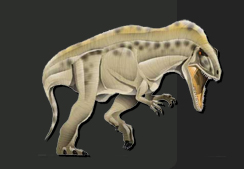 The longest known Acrocanthusaurus to be found was 11.5 meters in length.
The longest known Acrocanthusaurus to be found was 11.5 meters in length.
Allosaurus
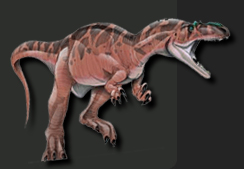 There has been over 20 different Allosaurus fossil finding and many are in very good shape.
There has been over 20 different Allosaurus fossil finding and many are in very good shape.
Anchisaurus
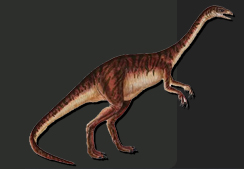 The Anchisaurus was one of the first dinosaurs discovered in North America.
The Anchisaurus was one of the first dinosaurs discovered in North America.
Archaeopteryx
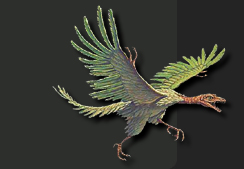 Archaeopteryx is the earliest and most primitive bird known.
Archaeopteryx is the earliest and most primitive bird known.
Barosaurus
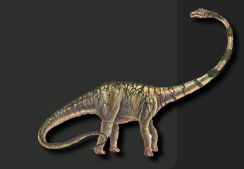 Barosaurus have been found in the Morrison Formation. In the same location there was also findings of Diplodocus, Apatosaurus, Camarasaurus, Brachiosaurus, Haplocanthosaurus, Allosaurus
Barosaurus have been found in the Morrison Formation. In the same location there was also findings of Diplodocus, Apatosaurus, Camarasaurus, Brachiosaurus, Haplocanthosaurus, Allosaurus
Brachiosaurus
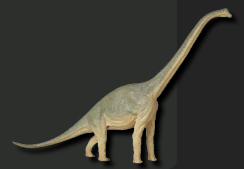 Brachiosaurus were so big that they are thought to have two hearts to be able to pump blood way up their necks.
Brachiosaurus were so big that they are thought to have two hearts to be able to pump blood way up their necks.
Brachytrachelopan
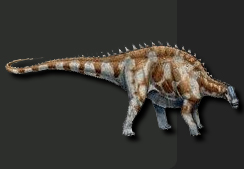 There is only one known Brachytrachelopan fossil finding which was discovered in Argentina, South America.
There is only one known Brachytrachelopan fossil finding which was discovered in Argentina, South America.
Brontosaurus
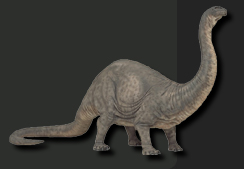 Brontosaurus was first discovered in 1879 by Othniel Charles Marsh.
Brontosaurus was first discovered in 1879 by Othniel Charles Marsh.
Camarasaurus
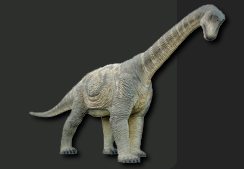 The Camarasaurus measured to roughly 48ft in length and 15ft in height.
The Camarasaurus measured to roughly 48ft in length and 15ft in height.
Camptosaurus
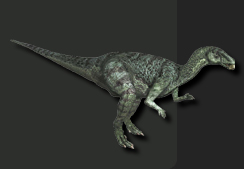 Camptosaurus was first described by O.C marsh in 1879, but called the dinosaur a Camptonotus. The name was changed to Camptosaurus in 1885 because the first name was taken for an insect.
Camptosaurus was first described by O.C marsh in 1879, but called the dinosaur a Camptonotus. The name was changed to Camptosaurus in 1885 because the first name was taken for an insect.
Ceratosaurus
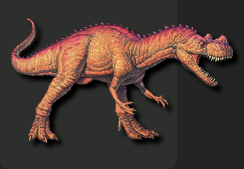 The Ceratosaurus was about twelve feet high and over thirty feet long.
The Ceratosaurus was about twelve feet high and over thirty feet long.
Coelurus
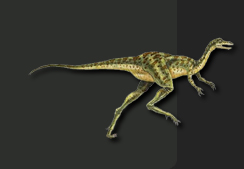 Coelophysis was three meters long and it had only three functional digits, the fourth embedded in the flesh of the hand.
Coelophysis was three meters long and it had only three functional digits, the fourth embedded in the flesh of the hand.
Compsognathus
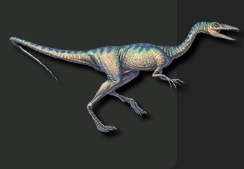 In 1901 10 egg fossils were found that were thought to belong to the Compsognathus species. It wasn't until 1993 that researchers determined that they were most likely from a Sinosauropteryx.
In 1901 10 egg fossils were found that were thought to belong to the Compsognathus species. It wasn't until 1993 that researchers determined that they were most likely from a Sinosauropteryx.
Dilophosaurus
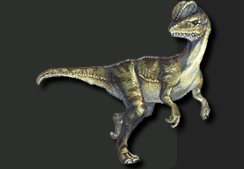 Dilophosaurus is probably the dinosaur that most commonly is mistaken for certain features of it due to Jurassic Park.
Dilophosaurus is probably the dinosaur that most commonly is mistaken for certain features of it due to Jurassic Park.
Diplodocus
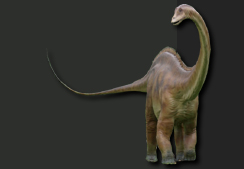 The Diplodocus was one of the largest dinosaurs ever to be discovered. Its average size was 88ft in length.
The Diplodocus was one of the largest dinosaurs ever to be discovered. Its average size was 88ft in length.
Europasaurus
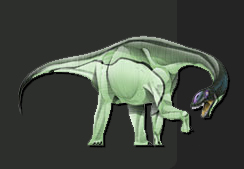 It has been suggested that the ancestor of Europasaurus would have dwarfed rapidly after immigrating to a paleo-island because of lack of food.
It has been suggested that the ancestor of Europasaurus would have dwarfed rapidly after immigrating to a paleo-island because of lack of food.
Fruitadens
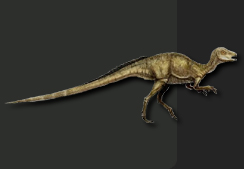 The Fruitadens is the smallest known dinosaur of the Ornithischian group to exist today.
The Fruitadens is the smallest known dinosaur of the Ornithischian group to exist today.
Giraffatitan
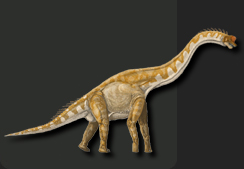 The Giraffatitan is also known as the Brachiosaurus which means "arm lizard", from the Greek brachion ("arm") and sauros ("lizard").
The Giraffatitan is also known as the Brachiosaurus which means "arm lizard", from the Greek brachion ("arm") and sauros ("lizard").
Guanlong
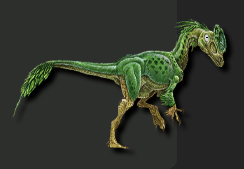 the wording "Guanlong" means Crowned Dragon because of the two crests on its head.
the wording "Guanlong" means Crowned Dragon because of the two crests on its head.
Haplocanthosaurus
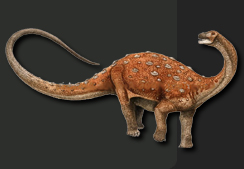 There has never been a skull fossil of a Haplocanthosaurus ever discovered. The descreption of the dinosaur was based by the body parts that were found.
There has never been a skull fossil of a Haplocanthosaurus ever discovered. The descreption of the dinosaur was based by the body parts that were found.
Heterodontosaurus
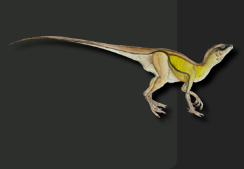 Heterodontosaurus fossils have been found in Africa.
Heterodontosaurus fossils have been found in Africa.
Huayangosaurus
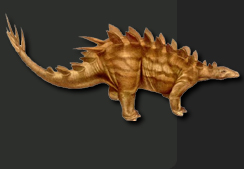 The Huayangosaurus was one of the earlier plated dinosaurs which was very primitive with a broad skull and teeth in the front of its mouth.
The Huayangosaurus was one of the earlier plated dinosaurs which was very primitive with a broad skull and teeth in the front of its mouth.
Juravenator
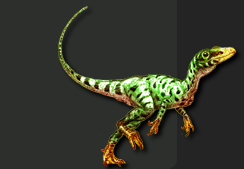 The Juravenator means Jura Mountains hunter in Greek.
The Juravenator means Jura Mountains hunter in Greek.
Kentrosaurus
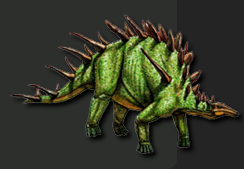 The Kentrosaurus used its spines on its back to regulate its body temperature.
The Kentrosaurus used its spines on its back to regulate its body temperature.
Laosaurus
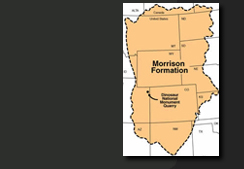 The Laosaurus was first described by O.C. Marsh in 1878.
The Laosaurus was first described by O.C. Marsh in 1878.
Lesothosaurus
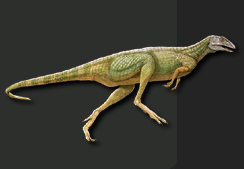 The Lesothosaurus is one of the most early ornithischians (bird-hipped dinosaur).
The Lesothosaurus is one of the most early ornithischians (bird-hipped dinosaur).
Lexovisaurus
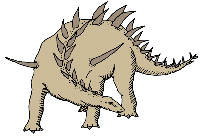 The Lexovisaurus was a dinosaur specie that was much like a Stegosaurus. It has round pointed spines like a Stegosaurus.
The Lexovisaurus was a dinosaur specie that was much like a Stegosaurus. It has round pointed spines like a Stegosaurus.
Limusaurus
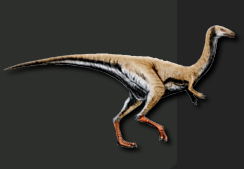 The Limusaurus is a great example to show that its possible that dinosaurs did not evolve into birds.
The Limusaurus is a great example to show that its possible that dinosaurs did not evolve into birds.
Massospondylus
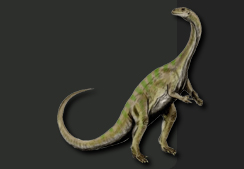
Most of the Massospondylus fossils were discovered in the Country of Africa in Namibia, Zimbabwe and South Africa.
Megalosaurus
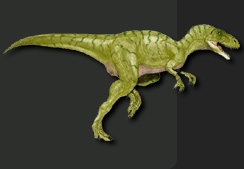 The first Megalosaurus fossil was discovered in 1676 in England.
The first Megalosaurus fossil was discovered in 1676 in England.
Miragaia longicollum
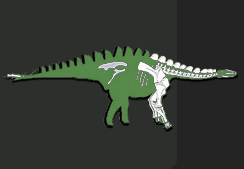 The Miragaia Longicollum was named this just recently.
The Miragaia Longicollum was named this just recently.
Monolophosaurus
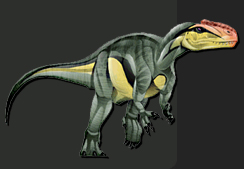 Before the Monolophosaurus got its name the news press though that it was a Jiangjunmiaosaurus.
Before the Monolophosaurus got its name the news press though that it was a Jiangjunmiaosaurus.
Nanosaurus
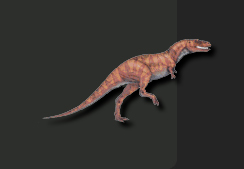 Nanosaurus actually means "dwarf Lizard" and was described in 1877 but their is minimal information about this dinosaur because there has not been many finding.
Nanosaurus actually means "dwarf Lizard" and was described in 1877 but their is minimal information about this dinosaur because there has not been many finding.
Omeisaurus
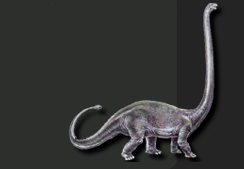 Omeisaurus was found in the China region. It had unusual features than other in its group such as nostrils located close to the end of its nose.
Omeisaurus was found in the China region. It had unusual features than other in its group such as nostrils located close to the end of its nose.
Scutellosaurus
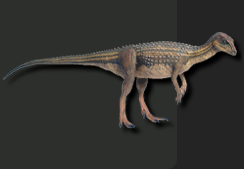 Scutellosaurus was a herbivore that was found in Arizona. Only two partial fossil body structures have been found.
Scutellosaurus was a herbivore that was found in Arizona. Only two partial fossil body structures have been found.
Segisaurus
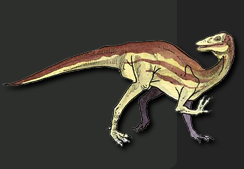 The Segisaurus is known from only a few partial fossils discovered. It was closely related to the Procompsognathus.
The Segisaurus is known from only a few partial fossils discovered. It was closely related to the Procompsognathus.
Stegosaurus
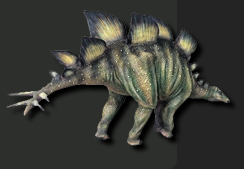 The Stegosaurus Head fossil size was very small. There was also a large open area inside the region of the spinal cord. Some scientists believe that they had a second brain that shared responsibilities and functions of the brain.
The Stegosaurus Head fossil size was very small. There was also a large open area inside the region of the spinal cord. Some scientists believe that they had a second brain that shared responsibilities and functions of the brain.
Supersaurus
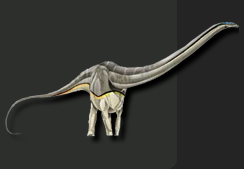 A almost complete Fossil of the Supersaurus has been found and was nicknamed "Jimbo". It currently is located at the Wyoming Dinosaur Center.
A almost complete Fossil of the Supersaurus has been found and was nicknamed "Jimbo". It currently is located at the Wyoming Dinosaur Center.
Zigongosaurus
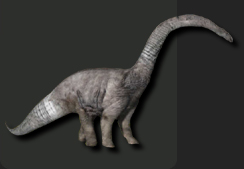 The Zigongosaurus was named by Hou, Chao, and Chu in 1976.
The Zigongosaurus was named by Hou, Chao, and Chu in 1976.
Jurassic Period Dinosaurs
Click on any of the pictures or names above to learn specifically about that particular dinosaur of this period. The Jurassic life is the time period of 203 to 135 million years ago. Evolution has begun to develop excessively. Not only for dinosaurs either. Flying creatures called Pterosaurs started to soar in the air. The dinosaurs of the Jurassic era were very large but there were a share of smaller ones as well. This is the most popular period thanks to Universal studio's top hit movie "Jurassic Park" which brought a whole new perception on how people see dinosaurs, but was somewhat of a bad influence for education because of the mass made up facts that were presented with dinosaurs within the movie.
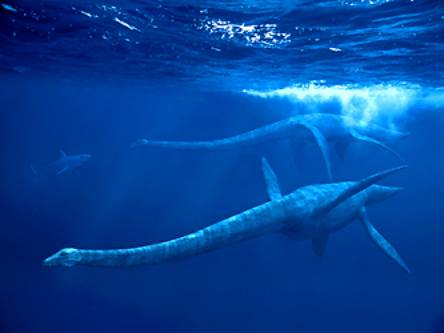
Image copyright Encarta
Index
Extinct Profiles
 Triassic Dinosaurs
Triassic Dinosaurs Jurassic Dinosaurs
Jurassic Dinosaurs Cretaceous Dinosaurs
Cretaceous Dinosaurs Pterosaurs
Pterosaurs Marine Reptiles
Marine Reptiles Dinosaur Extinction
Dinosaur Extinction